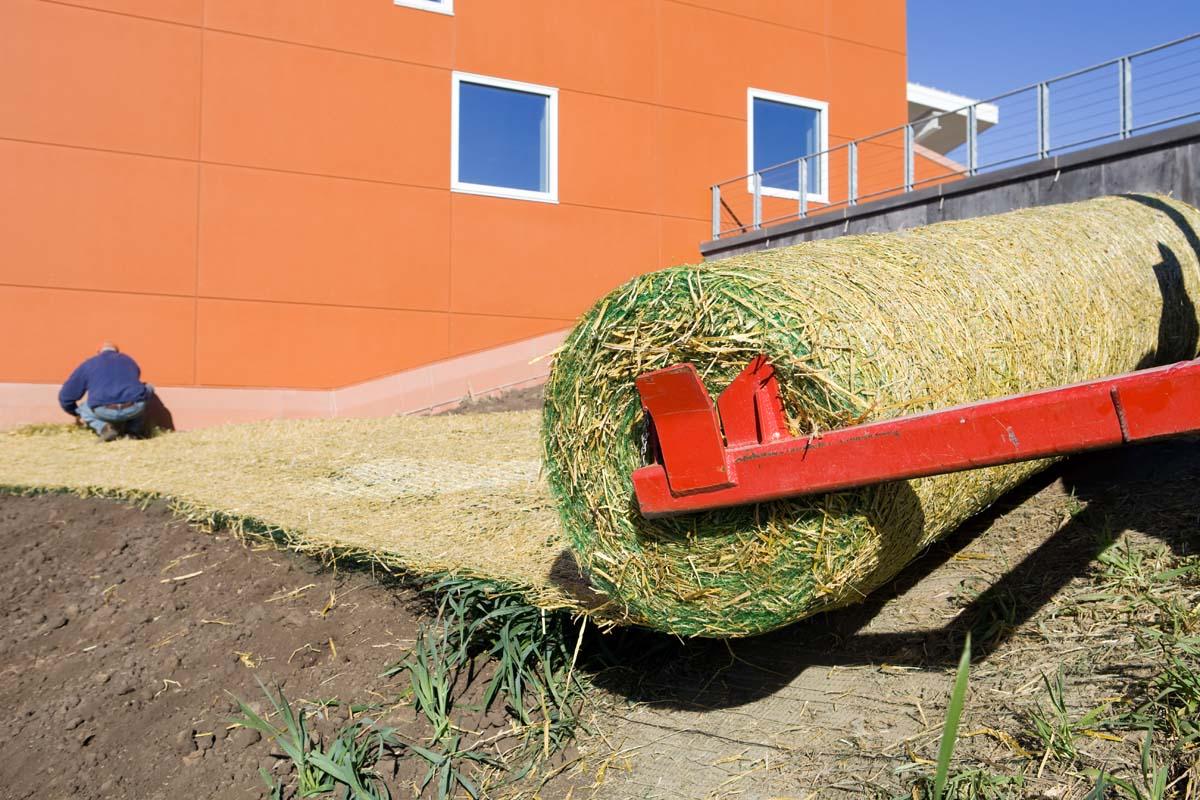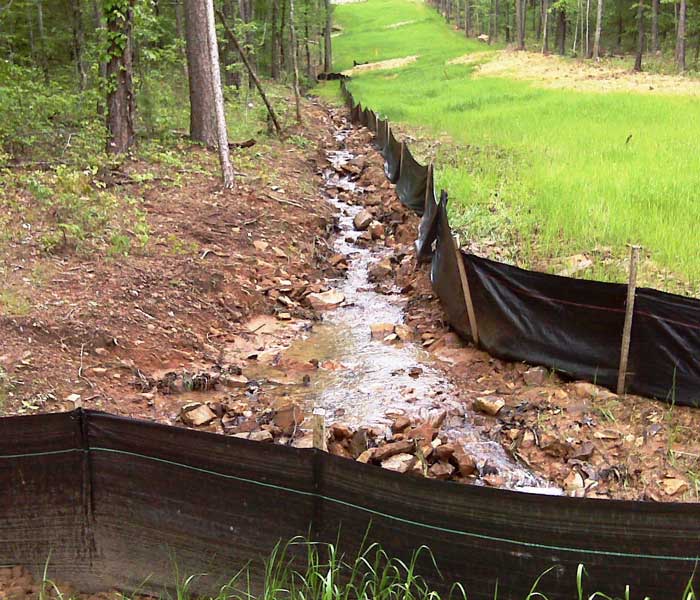Hydroseeding Solutions: A Greener Method to Land Management
Wiki Article
Best Practices for Erosion Control in Building And Construction Projects
Are you working with a building and construction job and worried regarding disintegration control? Look no more! In this write-up, we will assist you via the finest techniques for protecting against erosion on your site. You'll find 5 important methods, efficient sediment and overflow monitoring approaches, crucial considerations for incline stablizing, and ideas for protecting vegetation and soil. We'll also look into the relevance of executing proper drain systems. Prepare yourself to deal with erosion head-on and make certain the success of your construction project.5 Crucial Disintegration Control Strategies

To successfully control disintegration on your building site, you'll need to execute necessary methods such as slope stablizing and debris control actions. Incline stablizing is vital in preventing soil disintegration on high inclines. One more effective strategy is the usage of disintegration control coverings or mats, which are placed on the slope and aid maintain soil fragments while allowing vegetation to expand.
Effective Debris and Overflow Management

You can properly handle sediment and overflow in your construction project by executing appropriate disintegration control steps. An additional crucial method is the execution of disintegration control coverings or mats. By applying these erosion control procedures, you can effectively handle debris and drainage in your construction job, minimizing the influence on the setting and complying with regulative needs.
Key Considerations for Incline Stablizing
When considering slope stabilization, it is very important to analyze the terrain and identify potential areas of instability. You need to very carefully check out the incline's characteristics, such as its structure, angle, and water drainage patterns. Look for signs of erosion, such as exposed roots, fractures, or down dirt. These indications can give you a concept of where stablizing procedures may be needed.Once you have actually determined the unstable locations, you can start executing measures to maintain the incline. One common method is making use of maintaining walls or terracing to create a collection of level steps, which can aid disperse the weight and stop additional disintegration. An additional choice is to plant greenery on the slope, as the origins can assist secure the dirt and control disintegration. Additionally, mounting erosion control coverings or mats can provide prompt protection while plant life ends up being recognized.
It's important to on a regular basis monitor the stabilized slopes to ensure their efficiency. Maintain an eye out for any indicators of movement or erosion, and take prompt action if required. Normal upkeep, such as examining and fixing any type of broken measures, is also necessary to guarantee lasting security.
Best Practices for Greenery and Soil Defense
One effective way to secure plant life and dirt on slopes is by on a regular basis checking for signs of erosion and taking instant activity if essential. By being observant and proactive, you can prevent further damage and ensure the stability of the slope. Start by inspecting the slope for any signs of erosion, such as subjected roots, bare dirt patches, or sediment buildup near the bottom. If you observe any of these indicators, her response it is important to attend to the issue quickly. Implement disintegration control procedures such as mounting erosion control blankets, mulching, or perhaps constructing preserving wall surfaces if needed. Furthermore, planting greenery can dramatically aid in supporting the dirt. Choose native plants that have deep origin systems, as they are a lot more effective in stopping erosion. Make certain to consistently assess the health and wellness of the plants and provide necessary maintenance, like watering and feeding. Bear in mind, disintegration can swiftly aggravate and cause extreme damages, so it's important to resolve it asap. By taking proactive procedures and frequently keeping an eye on the incline, you can secure the plant life and soil, making certain the lasting security of the location.Applying Correct Water Drainage Solutions
When it comes to handling water circulation and preventing disintegration, comprehending Look At This these elements is crucial. Steeper slopes can lead to faster water flow, increasing the danger of erosion and flooding. On the other hand, gentler inclines permit water to move more slowly, decreasing erosion potential.Dirt type also affects drain system design. Various dirt types have differing levels of permeability, influencing exactly how water is absorbed and drained pipes. As an example, sandy soils often see this site tend to drain faster as a result of their rugged texture, while clay dirts have a slower drain price because of their compact nature. Comprehending the soil kind helps in picking suitable water drainage strategies, such as using absorptive materials or mounting French drains. Additionally, taking into consideration the soil attributes assists protect against waterlogging, which can cause poor plant development and damage to frameworks.
Final Thought
In verdict, when it comes to disintegration control in building and construction tasks, you have to adhere to these ideal techniques. Consider slope stabilization methods to ensure the stability of the website. By following these important methods, you can successfully manage disintegration and make certain the success of your construction project.To efficiently manage erosion on your building site, you'll need to implement crucial methods such as slope stablizing and sediment control steps. Slope stablizing is important in preventing dirt erosion on steep inclines. Another efficient strategy is the use of disintegration control coverings or mats, which are placed on the slope and help preserve soil bits while permitting plants to grow. Another choice is to grow greenery on the incline, as the roots can aid secure the dirt and control erosion. Implement disintegration control procedures such as installing erosion control coverings, mulching, or even building keeping wall surfaces if required.
Report this wiki page